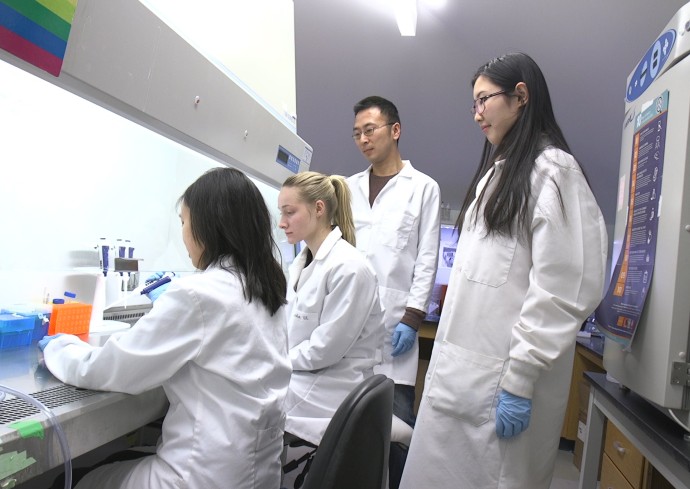New Study Reveals Ozone’s Hidden Toll on America’s Trees
A new nationwide study reveals that ozone pollution—an invisible threat in the air—may be quietly reducing the survival chances of many tree species across the United States. The research, published in the Journal of Geophysical Research: Atmospheres is the first…


 Zhen Ma, professor of biomedical and chemical engineering, and his research team—in conjunction with Professors Kevin E. Healy and Costas P. Grigoropoulos at the University of California, Berkeley—have developed a 3D cardiac microtissue model that allows for more realistic variations by cardiac cells. This research
Zhen Ma, professor of biomedical and chemical engineering, and his research team—in conjunction with Professors Kevin E. Healy and Costas P. Grigoropoulos at the University of California, Berkeley—have developed a 3D cardiac microtissue model that allows for more realistic variations by cardiac cells. This research